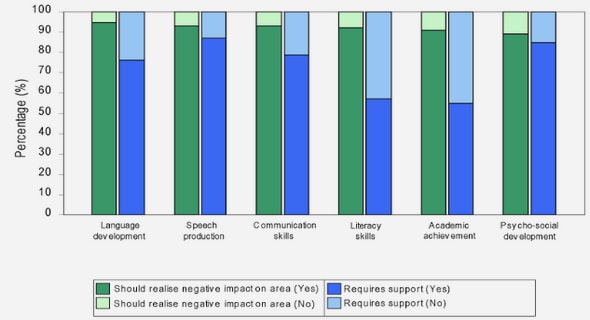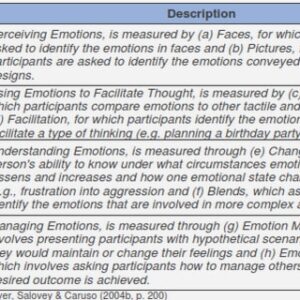(Downloads - 0)
For more info about our services contact : help@bestpfe.com
Table of contents
CHAPTER I: INTRODUCTION
I. A general background for sexual selection
1) Energy allocation
2) How to measure the costs of reproduction
3) Agents of Sexual selection
4) How to measure sexual selection: Bateman gradient and other indices
5) Definition of mating success and its consequences
6) Methodological bias in the use of sexual selection indices
7) But is individual reproductive success the sole results of individual investment?
8) Fitness decomposition
9) Effect of environment on sexual selection
10) Can human induced environmental change affect sexual selection?
II Brown trout, sexual selection, and environmental variation
1) Brown trout as a biological model for sexual selection
2) Environmental change and brown trout reproduction
3) How to read this manuscript
CHAPTER II. Experimental approach and methods
I. Context
II. Experiments in semi-natural environment
1) Semi-natural conditions: the Lapitxuri spawning channel
2) Experiments timeline
3) How to recognize fish during reproduction
4) Behaviour recording
5) Reproductive success estimation
a) DNA extraction
b) Microsatellite multiplex PCR
c) Genotyping
d) Parentage analysis
6) Measures of plasma metabolites concentration in blood samples
a) Why plasma metabolites?
b) Method description
7) Differences between A, B1, and B2 experiments.
a) Experiment A: constant environment, single population.
b) Experiment B1 and B2: replication of results, population effects and environment control.
III. Natural environment: experiment C
1) Sampling sites and reproductive activity
2) Habitat variables, egg size and experimental setup
3) Survival
4) Particle size analysis
IV. A word on statistics
CHAPTER III. Sex alone: individual scale
I. Context
II. How much weight did individual invest in the reproduction? (EXP A)
III. Relationship between weight and reproductive success
IV. Metabolites as a proxy of reproductive effort
1) Initial level of metabolites
2) Metabolite variations during reproduction
V. Link between variation in weight and in metabolites
VI. Relative contribution of weight and plasma metabolites on reproductive success.
VII. Behaviours and reproductive investment
1) Digging behaviour
2) Competition between males
CHAPTER IV. Sex not alone : effect of conspecifics
I. Context
II. OSR variation
III. OSR and competition
IV. OSR, attractiveness, and phenotype availability
V. Fitness model: taking into account conspecific phenotypes in reproductive success
1) Context
2) What do we learn from raw behavioural and molecular data?
a) Bateman gradient
b) Body size as a trait of interest under selection
3) Statistical model
a) Selection indices from raw data and from the model output
b) Combined effect of male and female phenotype on the components of reproductive success
CHAPTER V. Sex in habitats: population scale
I. Context
II. Within river contrast in environment
1) Effect on offspring survival: redd scouring as the biggest environmental pressure?
2) How to explain egg size variability in Salmo trutta?
3) Does phenotype habitat matching exist in our populations?
4) What solution to face unpredictable variation?
III. Between river contrast in environment
1) Does contrast in discharge stochasticity affect OSR?
2) Does contrast in discharge affect reproductive investment?
a) Experiment A vs experiment B1
b) Experiment B1 vs experiment B2
3) Variability in reproductive effort may lead to reproductive isolation?
a) Assessment of mating success and reproductive success
b) Reproductive isolation calculation
c) Results
4) Conclusions relative to environmental stochasticity effects on reproduction in Experiments B1 and B2.
Chapter VI. Discussion
I. Remarkable results
1) Trade-off between investment and reproductive success: a new avenue
2) The benefits of handling various data sources to test a single hypothesis.
3) Take-home results for effects of environment on sexual selection
II. Effect of stochastic environment on reproductive investment and fitness
III. Limitations of the present approach
1) Other traits involved in sexual selection
2) Modeling limitation
BIBLIOGRAPHY



